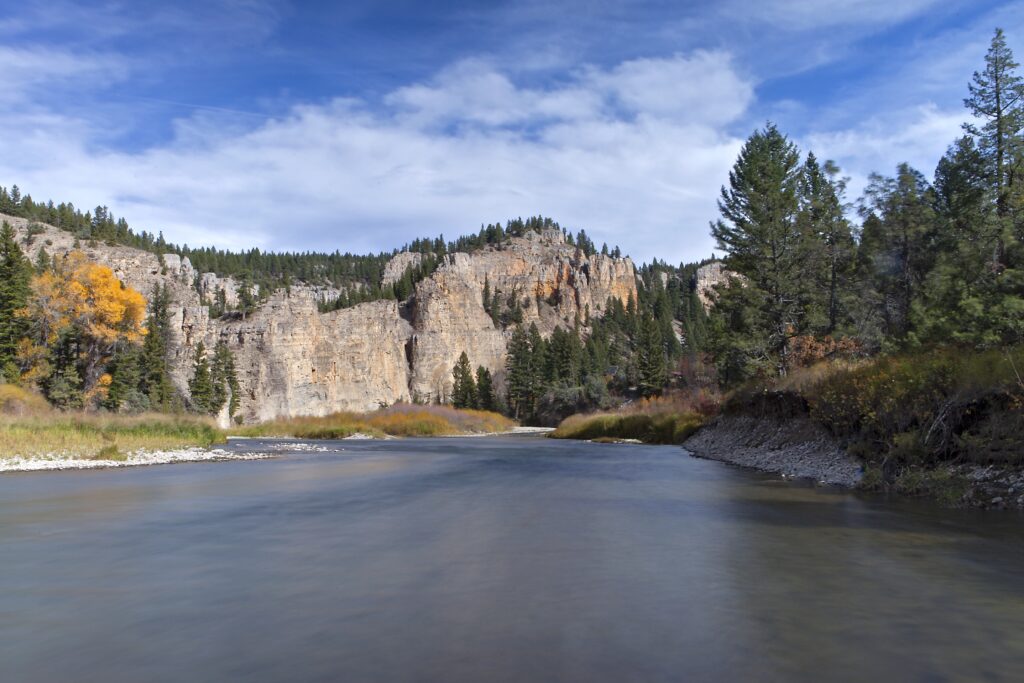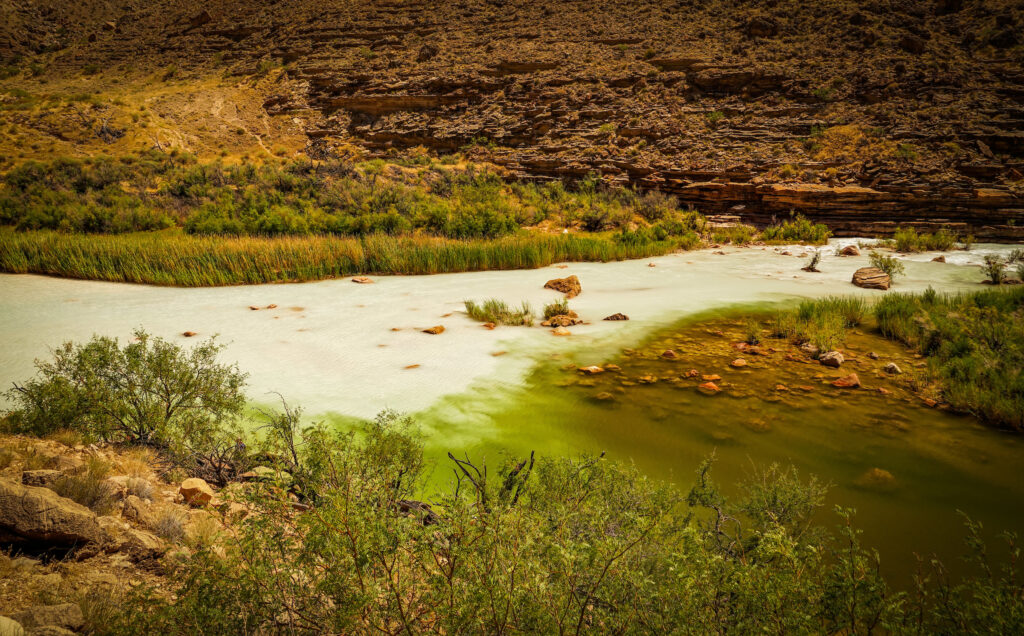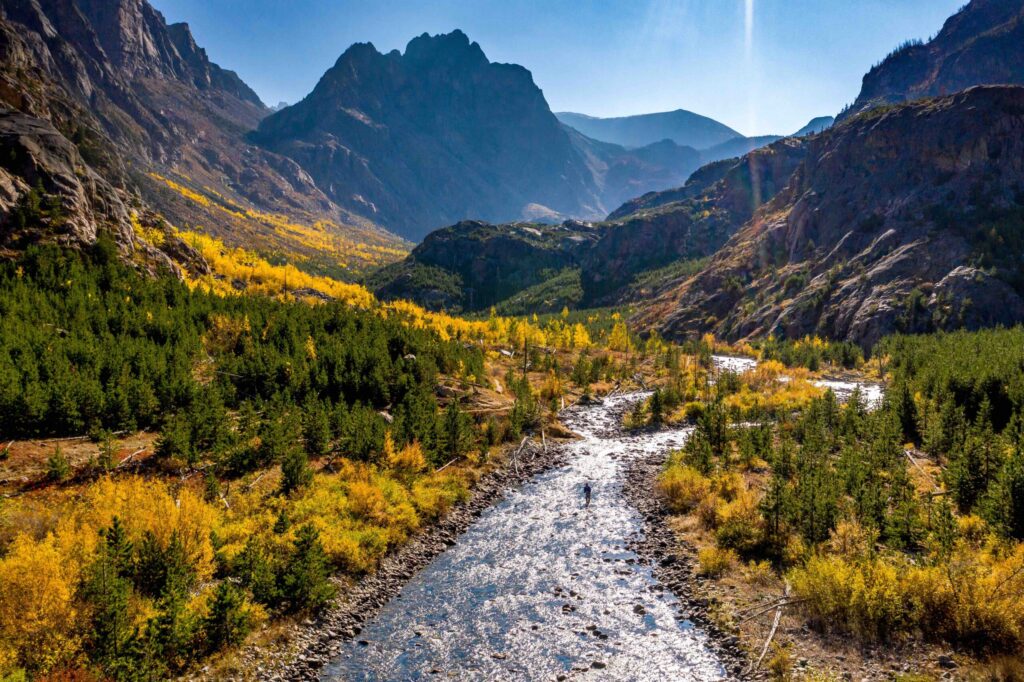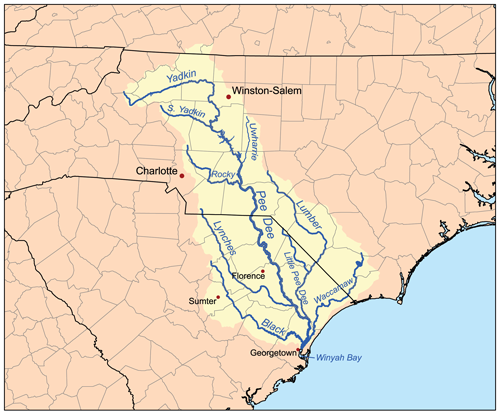Content grids
Subtitle
this is a heading
Phasellus magna. Curabitur nisi. Etiam sit amet orci eget eros faucibus tincidunt. Quisque rutrum. Ut tincidunt tincidunt erat.
Donec pede justo, fringilla vel, aliquet nec, vulputate eget, arcu. Morbi mattis ullamcorper velit. Vivamus aliquet elit ac nisl. Maecenas nec odio et ante tincidunt tempus. Morbi mattis ullamcorper velit.
Vestibulum ante ipsum primis in faucibus orci luctus et ultrices posuere cubilia Curae; Fusce id purus. Donec vitae sapien ut libero venenatis faucibus. Nullam tincidunt adipiscing enim. Phasellus nec sem in justo pellentesque facilisis. Suspendisse nisl elit, rhoncus eget, elementum ac, condimentum eget, diam.
Donec posuere vulputate arcu. Suspendisse potenti. Praesent ac sem eget est egestas volutpat. Aenean posuere, tortor sed cursus feugiat, nunc augue blandit nunc, eu sollicitudin urna dolor sagittis lacus. Duis vel nibh at velit scelerisque suscipit.
Aenean massa. Praesent egestas tristique nibh. Quisque id odio. In auctor lobortis lacus. Sed in libero ut nibh placerat accumsan.

hello
Vivamus in erat ut urna cursus vestibulum. In dui magna, posuere eget, vestibulum et, tempor auctor, justo. Quisque id odio. Donec id justo. Maecenas tempus
Aenean leo ligula, porttitor eu, consequat vitae, eleifend ac, enim. Donec venenatis vulputate lorem. Mauris sollicitudin fermentum libero. Pellentesque habitant morbi tristique senectus et netus et malesuada fames ac turpis egestas. Vestibulum eu odio.

This is a section title
Insert large-content-text….
The Flint’s headwaters are in Metropolitan Atlanta, its source found among urban streams that flow in pipes beneath Atlanta’s international airport, one of the busiest in the world. Unlike most rivers in the region and indeed the nation, there are no dams on the Flint from its source to more than 150 miles downstream. The river is free-flowing from its headwaters far into its lower basin in southwest Georgia. And it is nearly unique in the Southeast for another reason, too: no mill city ever sprang up along its banks in central Georgia, where the Flint travels from the rolling hills of the Piedmont to the flatlands of the Coastal Plain. The lack of a mill city is something of an accident of history—it is probably largely thanks to the limestone shoals of the lower river, which prevented 19th and 20th century commercial river traffic from moving upriver.
The Flint’s headwaters are in Metropolitan Atlanta, its source found among urban streams that flow in pipes beneath Atlanta’s international airport, one of the busiest in the world. Unlike most rivers in the region and indeed the nation, there are no dams on the Flint from its source to more than 150 miles downstream. The river is free-flowing from its headwaters far into its lower basin in southwest Georgia. And it is nearly unique in the Southeast for another reason, too: no mill city ever sprang up along its banks in central Georgia, where the Flint travels from the rolling hills of the Piedmont to the flatlands of the Coastal Plain. The lack of a mill city is something of an accident of history—it is probably largely thanks to the limestone shoals of the lower river, which prevented 19th and 20th century commercial river traffic from moving upriver.

Aenean leo ligula, porttitor eu, consequat vitae, eleifend ac, enim. Donec venenatis vulputate lorem. Mauris sollicitudin fermentum libero. Pellentesque habitant morbi tristique senectus et netus et malesuada fames ac turpis egestas. Vestibulum eu odio.


